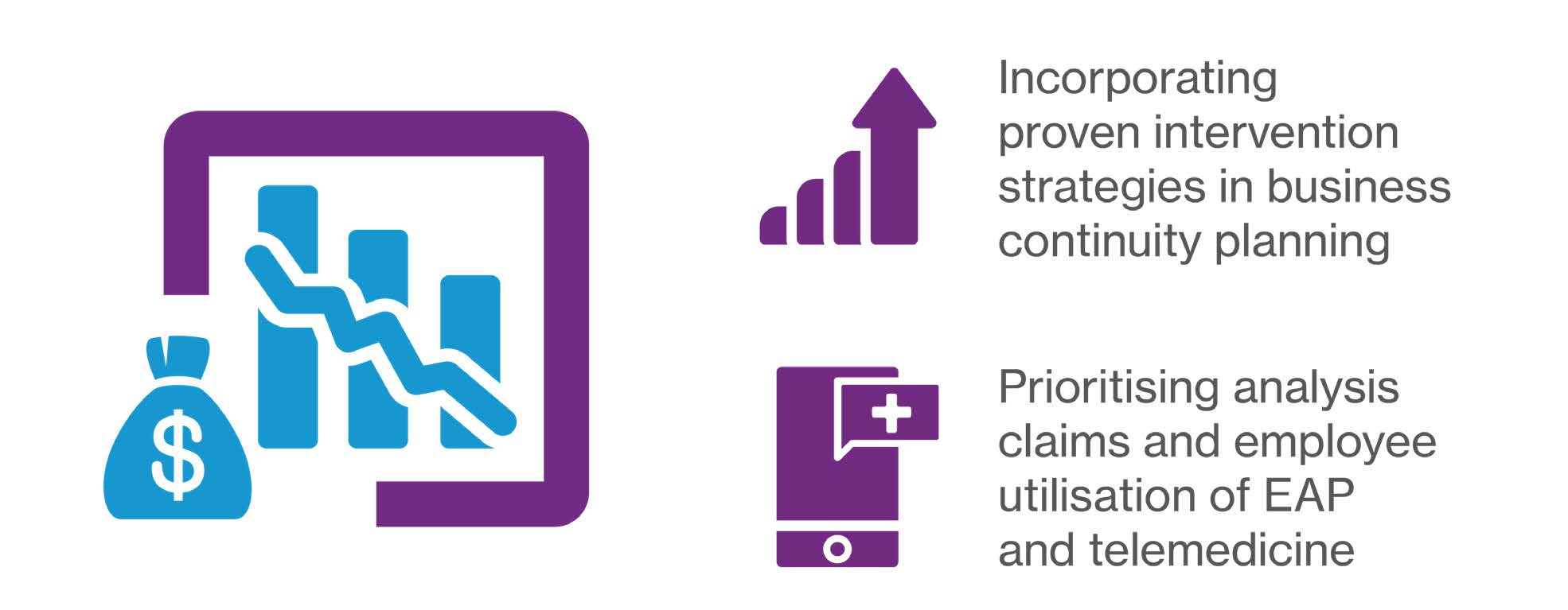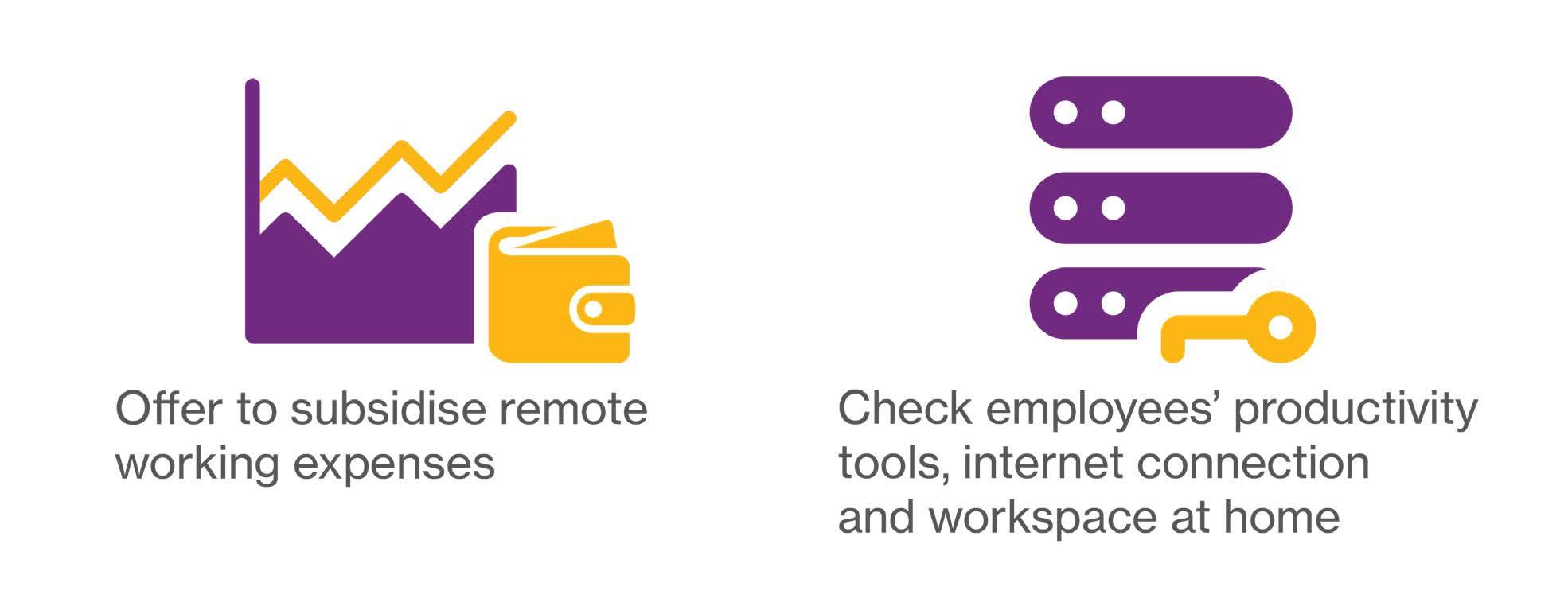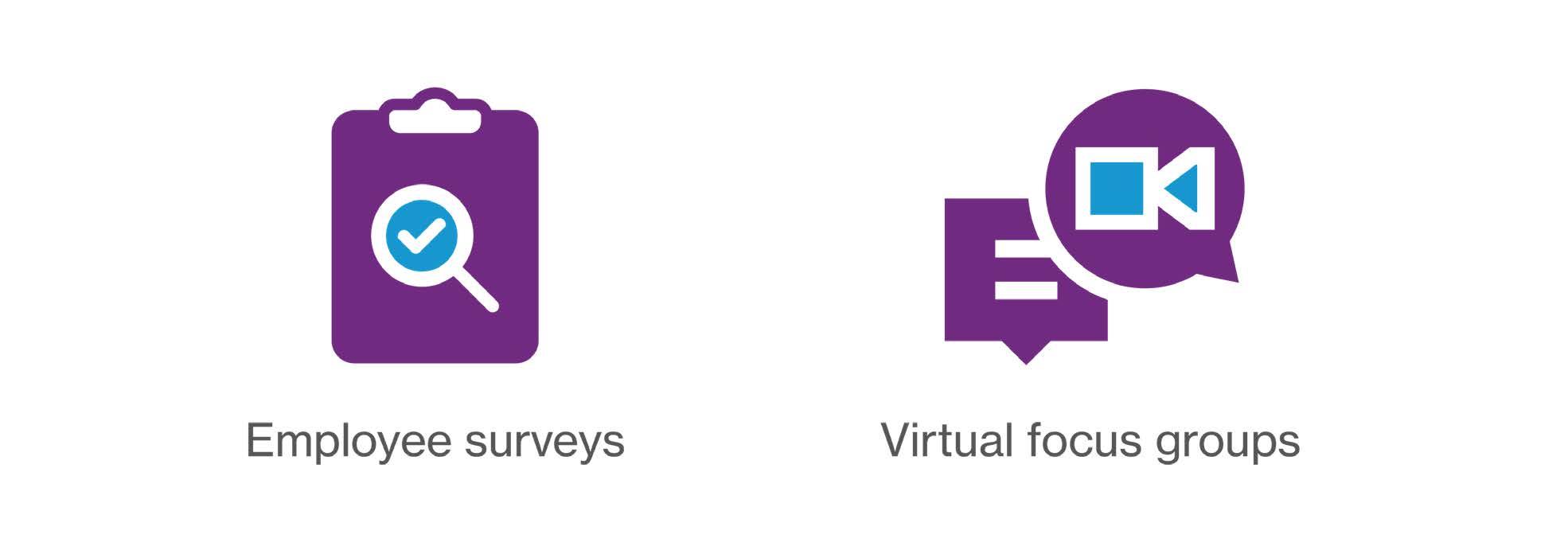The current pandemic is a wake-up call for organisations to carefully review not only their business strategies but also their benefits strategies, policies and procedures. Taking proactive measures could enable organisations to weather the next global-scale disruption.
Here are 5 employee benefits questions that organisations should ask to protect themselves against future pandemics or similar disruptions.

Does the benefits program provide sufficient coverage for employees and their dependents in the event of an epidemic or pandemic?
The COVID-19 outbreak has highlighted the critical importance of employee benefits, and especially health care benefits, the need to be more comprehensive, inclusive and optimized, and to strengthen a culture of safety.

The programs could include:
Is the organisation at a higher financial risk during a pandemic?
Organisations can expect health benefit costs to go up during or after a pandemic due to increased use of healthcare services as a result of such healthcare emergency. Between organisations with self-funded and fully funded plans, there is a larger risk for self-funded companies, and more so if many of their workers are hospitalised. Based on the current experience of COVID-19, expectation is that cost may potentially increase due to higher health claims by as much as 7%.
Based on the current experience of COVID-19, expectation is that cost may potentially increase due to higher health claims by as much as 7%.

Organisations can mitigate financial risks by:
Does the organisation support employees to stay engaged with their benefits program during a pandemic?
It is important that organisations spend time staying connected with their employees and provide the necessary support to help them to stay engaged while working remotely during a pandemic.
It’s important for organisations to connect with their employees to help them stay engaged while working remotely.
Organisations may consider taking the following actions:

Post COVID-19, is the benefits program compliant with the latest changes in regulation?
During this pandemic, several governments enacted a variety of measures to expand health and wellbeing protection. For example, in China, employees who contracted COVID-19 at work are eligible for employment injury benefits; Vietnam funded the quarantining, testing and treatment of positive cases; Singapore advised organisations to let employees use full leave entitlements for caregiving.
In redesigning benefits for future resiliency, organisations must keep the following in mind:
What benefits data and market insights are required to make real time decisions?
Over 70% of organisations globally1 increased their employee communications during the pandemic, leveraging tools such as employee surveys and virtual focus groups for insights to inform real-time decisions. Organisations can continue benefiting from these datapoints by doing the following:
Over 70% of organisations increased their employee communications during COVID-19, leveraging employee surveys and virtual focus groups.

With the health, safety and wellbeing of their employees in mind, an employee benefits program that is future-proof can go some way towards mitigating the risks associated with future pandemics and offer appropriate support to employees. Early preparations will enable organisations to manage many interconnected pathways, including what benefits are offered, how they are financed and how they are delivered.
Reference:
1 Willis Towers Watson COVID-19 Employer Readiness Survey